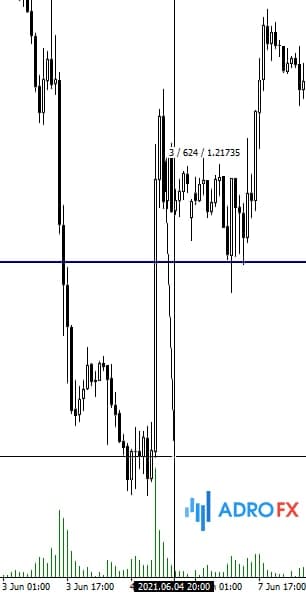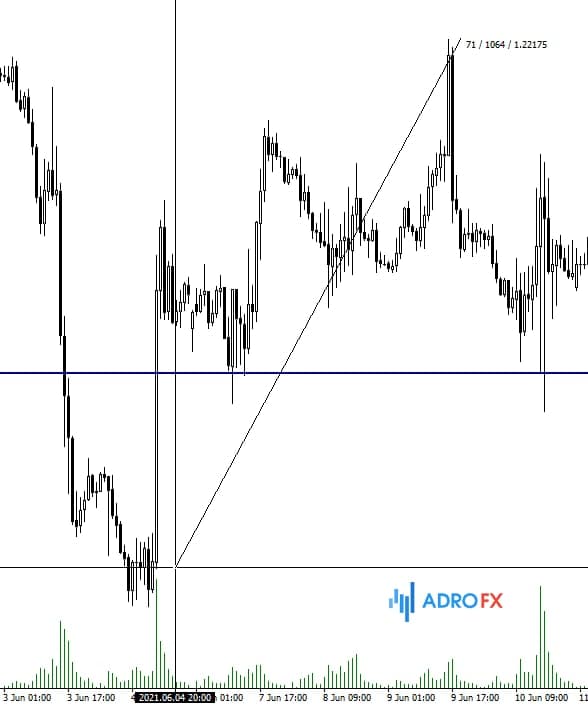Non-Farm Payrolls

On July 2, the U.S. Department of Labor will release its June jobs report. It is expected that hiring will accelerate, and the unemployment rate will fall, which will help alleviate some of the recent labor shortages.
On July 2, the U.S. Department of Labor will release its June jobs report. It is expected that hiring will accelerate, and the unemployment rate will fall, which will help alleviate some of the recent labor shortages.
According to Bloomberg, the Non-Farm Payrolls report showed a gain of 700,000 in June, up from 559,000 in May. It could be the largest increase since March. The unemployment rate is projected to drop to 5.6% from 5.8% in May. Thus, the rate is gradually approaching the 50-year low of 3.5% seen before the pandemic.
Non-Farm Payrolls Employment
Last data: 559K
Consensus Forecast: 690K
The Non-Farm employment change measures the change in the number of people employed during the last month in the non-farm sector. Total Non-Farm Payrolls represent about 80% of the workers who produce all of the Gross Domestic Product of the United States.
It is the most important piece of data contained in the employment report that offers the best overview of the economy.
Monthly changes and adjustments in the data can be very volatile.

U.S. Average Hourly Earnings YoY
Last data: 0.5%
Consensus forecast: 0.3%
This indicator shows the change in the average hourly wage level for major industries, except agriculture.

Unemployment Rate
Past data: 5.8%
Consensus forecast: 5.7%
The unemployment rate measures the percentage of the total labor force that is unemployed but actively looking for a job and willing to work in the United States.
A high percentage indicates weakness in the labor market. A low percentage is positive for the U.S. labor market and should be taken as a positive factor for the USD.


At the same time, having developed movement at 106 points within a few hours:

According to Bloomberg, the Non-Farm Payrolls report showed a gain of 700,000 in June, up from 559,000 in May. It could be the largest increase since March. The unemployment rate is projected to drop to 5.6% from 5.8% in May. Thus, the rate is gradually approaching the 50-year low of 3.5% seen before the pandemic.
Non-Farm Payrolls Employment
Last data: 559K
Consensus Forecast: 690K
The Non-Farm employment change measures the change in the number of people employed during the last month in the non-farm sector. Total Non-Farm Payrolls represent about 80% of the workers who produce all of the Gross Domestic Product of the United States.
It is the most important piece of data contained in the employment report that offers the best overview of the economy.
Monthly changes and adjustments in the data can be very volatile.

U.S. Average Hourly Earnings YoY
Last data: 0.5%
Consensus forecast: 0.3%
This indicator shows the change in the average hourly wage level for major industries, except agriculture.

Unemployment Rate
Past data: 5.8%
Consensus forecast: 5.7%
The unemployment rate measures the percentage of the total labor force that is unemployed but actively looking for a job and willing to work in the United States.
A high percentage indicates weakness in the labor market. A low percentage is positive for the U.S. labor market and should be taken as a positive factor for the USD.


At the same time, having developed movement at 106 points within a few hours:









